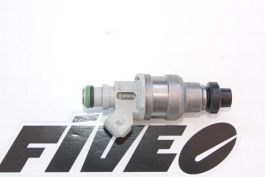This air feed is what keeps the engine breathing when the
throttles are shut and as it feeds all four cylinders I'm hoping that the vacuum in
this pipe should be smooth enough for the Map sensor to do it's thing.
throttles are shut and as it feeds all four cylinders I'm hoping that the vacuum in
this pipe should be smooth enough for the Map sensor to do it's thing.












































Comment